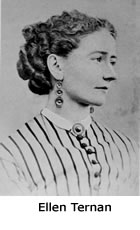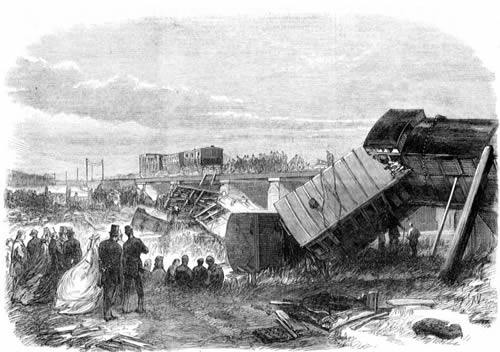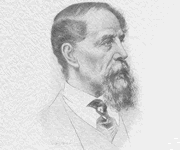Delve into this Charles Dickens biography and explore the extraordinary life of one of the greatest authors of the Victorian era. Discover the lesser-known details of Dickens’ s journey—from his early struggles to his romantic life—and gain a deeper appreciation for the man who forever changed the world of literature.
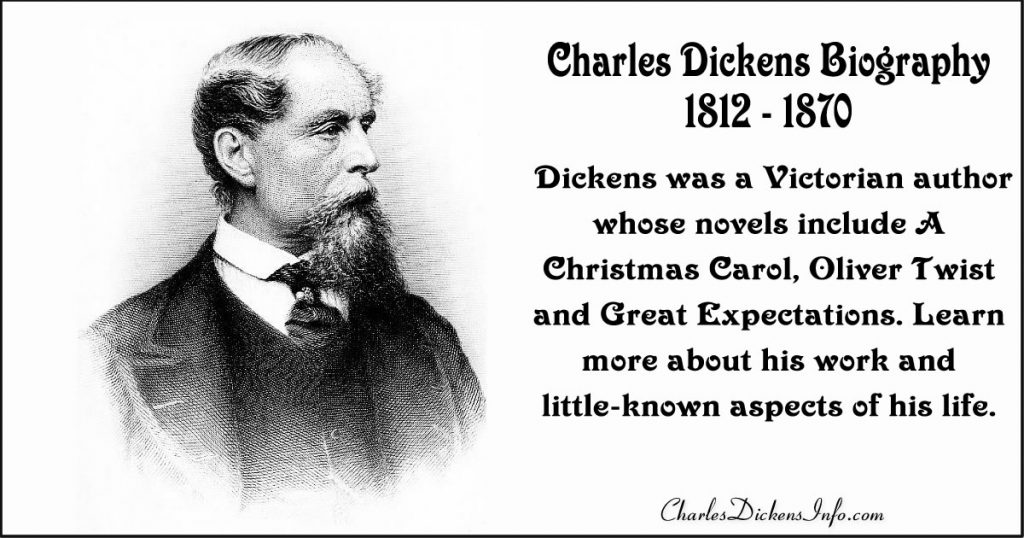
Updated March 4, 2025 – Originally Published January 20, 2019
Charles Dickens Biography
Charles Dickens (1812 – 1870) was a Victorian author whose novels include A Christmas Carol, Oliver Twist, and Great Expectations.
This short biography tells about his work and little-known aspects of his life.
Table of Contents
The Childhood of Charles Dickens 1812 – 1824
Charles John Huffman Dickens was born on February 7, 1812 in Portsmouth. The city is located in Hampshire, England and is about 70 miles southwest of London.
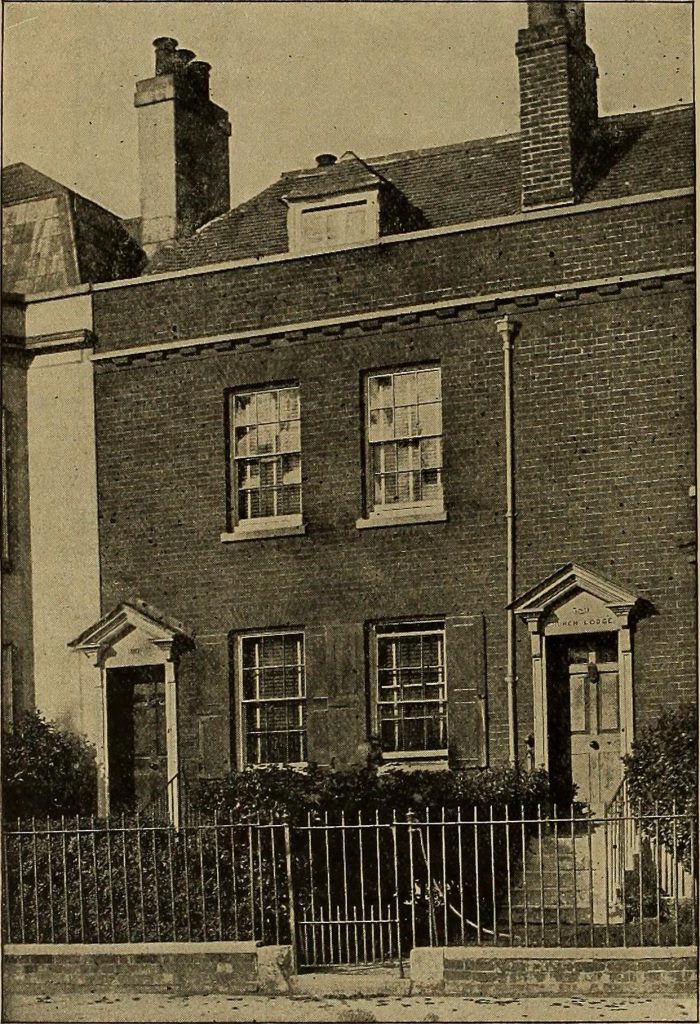
Birthplace of Charles Dickens located in Portsmouth, England
His father, John Dickens was a clerk in a payroll office of the navy. John Dickens was the inspiration for the character of Mr. Micawber in David Copperfield.
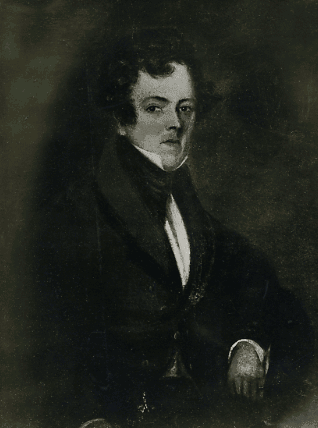
John Dickens, the father of Charles Dickens
His mother, Elizabeth (Barrow) Dickens inspired the characters of Mrs. Nickleby in Nicholas Nickleby and Mrs. Micawber in David Copperfield.
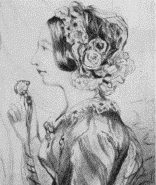
Elizabeth Dickens, the mother of Charles Dickens
Charles was the second of the couple’s eight children.
Finances were a constant concern for the family. John and Elizabeth were an outgoing, social couple. The costs of entertaining along with the expenses of having a large family were too much for John’s salary. When Charles was just four months old the family moved to a smaller home to cut costs.
Despite the family’s financial struggles, young Charles dreamed of becoming a gentleman. In 1824, when he was 12, it looked like his dreams would never come true.
That year, the family sent Charles to work in a blacking or shoe-polish factory. Charles was deeply marked by these experiences. He rarely spoke of that time of his life.
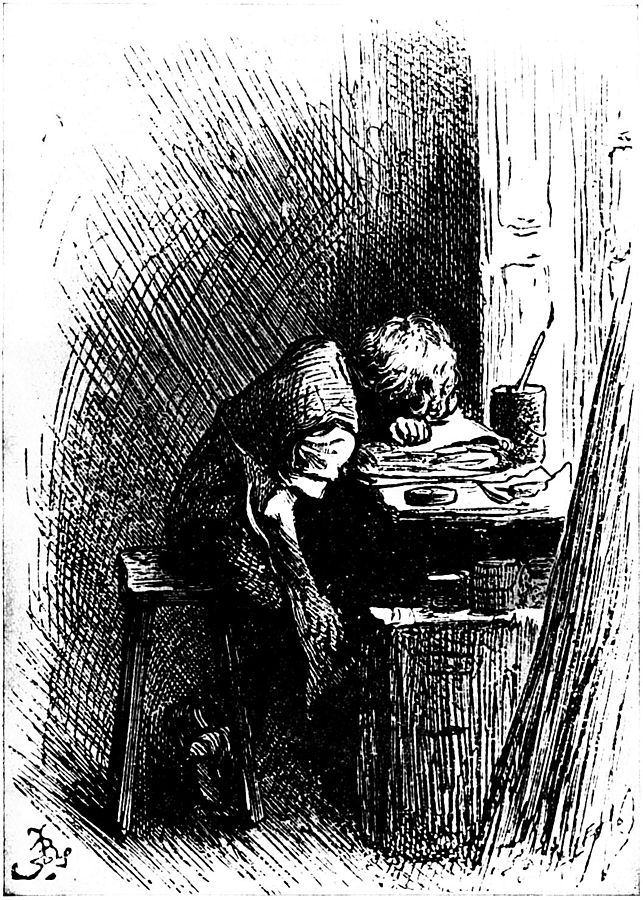
Illustration by Fred Bernard of young Charles Dickens at work in a shoe-blacking factory. (from the 1892 edition of Forster’s Life of Dickens)
Happily, John Dickens was able to come to an agreement with his creditors within a few months of his imprisonment. Shortly after that, he ended his son’s employment at the blacking factory and enrolled him in Wellington House Academy instead.
Learn more about the childhood of Charles Dickens including the influence of Mary Weller and the betrayal by his mother.
Dickens Enters the Workforce 1827 – 1831
In May of 1827 Dickens left Wellington House Academy and entered the workforce as a law clerk at the firm of Ellis and Blackmore. His duties included keeping the petty cash fund, delivering documents, running errands and other sundry tasks.
In 1829 he changed careers and became a court stenographer. To qualify for that position Dickens had to learn the Gurney system of shorthand writing.
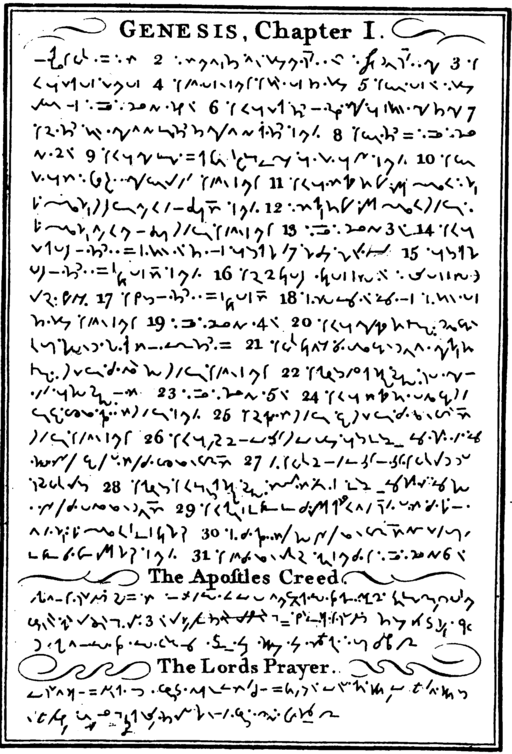
Example of Gurney Shorthand
In 1831 he became a shorthand reporter with the Mirror of Parliament. The publication gave accounts of the activity in the House of Commons and the House of Lords.
During this time Dickens considered becoming an actor. He was so serious about the matter that he arranged for an audition at the Lyceum Theater. However, he was ill on the day of his audition and could not go.
Marriage and Fame 1833 – 1854
In December 1833 Charles Dickens’s first literary effort was published. It was a sketch or essay entitled A Dinner at Poplar Walk. Other sketches soon followed.
In 1834 Dickens met Catherine Hogarth, the woman who would become his wife. They became engaged in 1835 and were married in April of 1836. In January of 1837 the first of their ten children was born.
Learn more about the children of Charles Dickens. The eldest went bankrupt and was later hired by his father. “Chickenstalker” joined the Canadian Mounted Police. The youngest became a Member of Parliament in New South Wales.
The Pickwick Papers was the first novel of Charles Dickens. It was published in monthly installments from March of 1836 until November 1837.
Charles Dickens was the author of 15 novels. He also wrote short stories, essays, articles and novellas. See a list of work by Charles Dickens.
In June of 1837 something happened that only occurred once in Dickens’s career. He missed a deadline. He was writing two serialized novels at once, The Pickwick Papers and Oliver Twist. However in June of 1837 there was no Pickwick. There was no Oliver Twist. Instead there was a funeral.
At that time, Dickens’s sister-in-law, Mary Hogarth was living with Charles and Catherine. Mary was a favorite with the couple and was like a little sister to Charles. On the evening of May 6th Mary went with the couple to the St. James Theatre. Everything seemed fine. The group returned late in the evening and Mary retired for the night. Shortly after that Dickens heard a cry from Mary’s room. She was ill. Despite her doctor’s care Mary passed away in Dickens’s arms the next day.
Dickens would relive this sad incident in his life while writing The Old Curiosity Shop. He was traumatized by the death of Little Nell in that novel. Dickens wrote to a friend about Little Nell’s death, “Old wounds bleed afresh when I think of this sad story.”
Nicholas Nickleby, the third novel of Charles Dickens, was published in installments starting in 1838. One of Dickens’s goals in writing Nicholas Nickleby was to expose the ugly truth about Yorkshire boarding schools.
In 1841 Charles and Catherine traveled to Scotland and Barnaby Rudge was published.
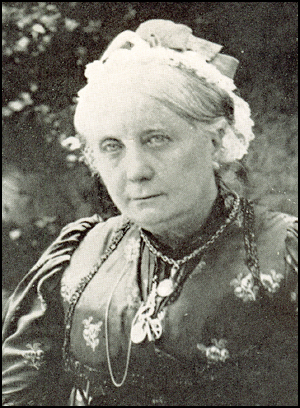
Charles Dickens’s sister-in-law Georgina Hogarth in later years
Charles and Catherine traveled to America in 1842. While on tour Dickens often spoke of the need for an international copyright agreement. The lack of such an agreement enabled his books to be published in the United States without his permission and without any royalties being paid.
The United States left quite an impression on Dickens, a very unfavorable impression.
Dickens was horrified by slavery, appalled by the common use of spitting tobacco and indignant about his treatment by the press.
His feelings came out in American Notes and later in Martin Chuzzlewit.
As Washington may be called the head-quarters of tobacco-tinctured saliva, the time is come when I must confess, without any disguise, that the prevalence of those two odious practices of chewing and expectorating began about this time to be anything but agreeable, and soon became most offensive and sickening. In all the public places of America, this filthy custom is recognised. In the courts of law, the judge has his spittoon, the crier his, the witness his, and the prisoner his; while the jurymen and spectators are provided for, as so many men who in the course of nature must desire to spit incessantly. ~ American Notes by Charles Dickens
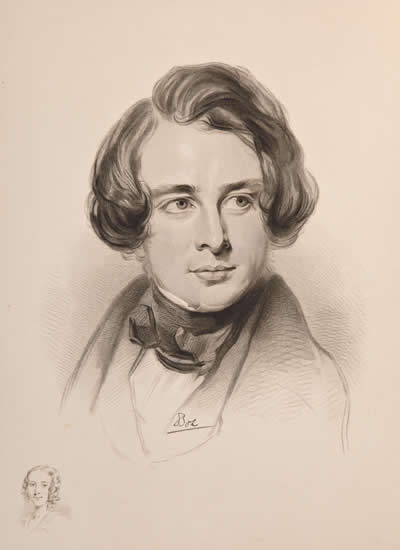
Sketch of Charles Dickens in 1842 (Small image on the bottom left is his sister, Fanny)
In 1842 Catherine’s sister, Georgina, came to live with the couple. Georgina helped with the children and the house. She remained part of the Dickens household until the death of her brother-in-law.
In September of 1843 Dickens visited the Field Lane Ragged School. In a letter to his friend, Miss Coutts, he described what he saw at the school:
I have very seldom seen, in all the strange and dreadful things I have seen in London and elsewhere anything so shocking as the dire neglect of soul and body exhibited in these children. And although I know; and am as sure as it is possible for one to be of anything which has not happened; that in the prodigious misery and ignorance of the swarming masses of mankind in England, the seeds of its certain ruin are sown.
In October of that year Dickens began work on A Christmas Carol. It was published on December 19, 1843.
Publication of Dombey and Son began in 1846. It was Dickens’s seventh novel.
1851 was a difficult year. John Dickens, the father of Charles Dickens, died in March. Catherine Dickens suffered a nervous collapse. Later Dora Dickens, the youngest daughter of Charles and Catherine, died when she was only eight months old.
There were also bright spots in 1851. It was the year that Dickens moved into Tavistock House. It was there that he wrote Bleak House, Hard Times and Little Dorrit.
The Later Years 1856 – 1870
Dickens bought Gad’s Hill Place in 1856. He would own the home for the rest of his life.
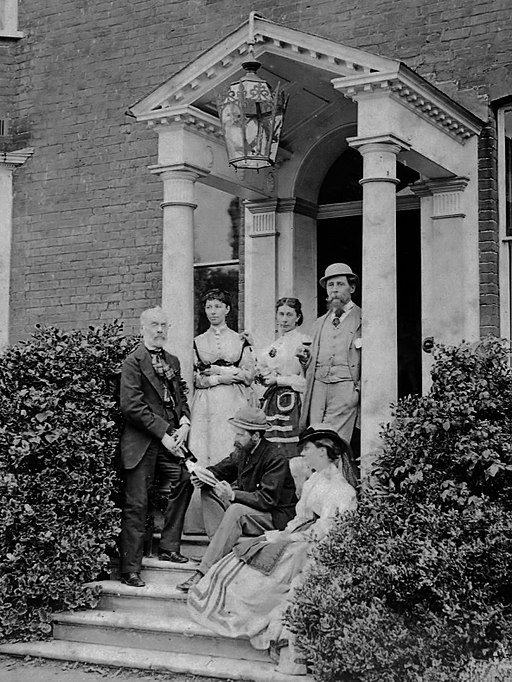
The above photo shows Dickens at Gad’s Hill in 1862. The back row from left to right is; H.F. Chorley, Kate Dickens, Mamie Dickens and Charles Dickens. Seated are C.A. Collins and Georgina Hogarth.
In 1857 Dickens met the woman who was to be his companion until his death, Ellen Ternan.
Dickens had already become disenchanted with his wife. He wrote to a friend, “Poor Catherine and I are not made for each other, and there is no help for it. It is not only that she makes me uneasy and unhappy, but that I make her so too—and much more so.”
Meeting Ellen stressed the differences between the marriage Dickens had and the relationship that he wanted. Later in 1857 Charles and Catherine took separate bedrooms. In 1858 they legally separated.
In 1858 Charles Dickens began giving professional readings. The readings were a combination of oratory and passionate acting. They were very popular and Dickens continued to give them throughout his life.
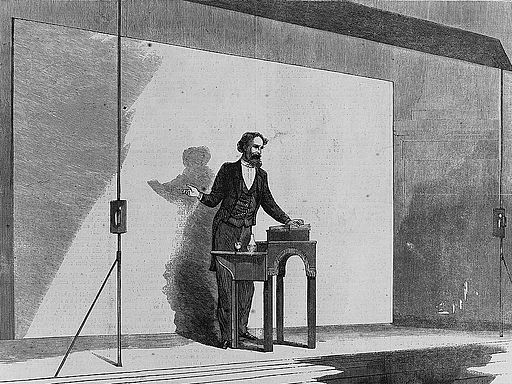
“Charles Dickens as he appears when reading.” Illustration in Harper’s Weekly, December 1867.
Charles Dickens founded the weekly publication All the Year Round. The first issue was printed in April of 1859. Dickens served as editor and publisher. One feature of the publication was its serialization of novels. The first novel serialized in All the Year Round was A Tale of Two Cities.
Publication of Great Expectations began in 1860. It was also serialized in All the Year Round.
In June of 1865 Charles Dickens had a brush with death. Dickens, Ellen Ternan and her mother were involved in the Staplehurst railway accident. The train’s first seven carriages went off a bridge that was being repaired.
Dickens was uninjured and helped people that were hurt in the accident. When help finally arrived and the accident scene was being evacuated Dickens remembered something. He made his way back into the wrecked train one last time to retrieve the latest installment of Our Mutual Friend, the novel he was writing at the time.
It would be the last novel he ever completed.
Dickens returned to America in 1867 for an extensive reading tour.
In 1869 Dickens’s doctor advised him against giving further public readings. The events were popular, but the strain to his system was too great.
In October of 1869, at Gad’s Hill Place, Dickens began work on The Mystery of Edwin Drood. He would never finish it.
Dickens arranged a farewell tour and gave his last reading in March of 1870. It is thought that the effects of the readings was one of the factors leading to his death.
On June 9, 1870 Dickens died at Gad’s Hill Place.

